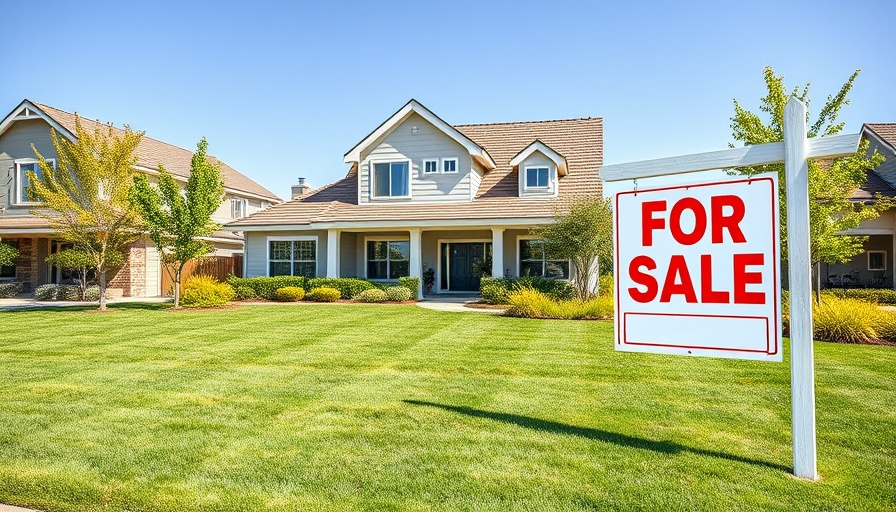
Understanding the Income Needed for a $250K House
If you're on the verge of buying a home priced at $250,000, it's natural to wonder how much income you need to afford it. The annual income required for such a mortgage hinges on several financial variables, namely your debt-to-income ratio, credit history, and the property taxes relevant to your area. Whether you're looking at homes for sale in bustling cities like Louisville, KY or quieter neighborhoods in Akron, OH, understanding these metrics is key to making informed decisions.
Income Estimates by Scenario
Most buyers eyeing a $250,000 home will find that they need an annual income ranging from $62,000 to $80,000. This figure assumes a typical interest rate and a moderate down payment, generally around 20% or $50,000. However, variances in personal financial situations can significantly influence your specific income requirements.
Breaking Down Housing Costs
In general, it's recommended that total monthly housing expenses shouldn't exceed 28% to 31% of your gross monthly income. Typical costs include:
- Mortgage payment (principal + interest)
- Property taxes
- Homeowners insurance
- Private mortgage insurance (if applicable)
- HOA fees (if any)
Calculating Your Financial Needs
Let's consider a scenario to illustrate the calculations. If the home price is $250,000 and you put down 20%, your loan amount would be $200,000 with a 30-year mortgage at a 7% interest rate. Your total monthly housing costs would approximate $1,570, breaking down as follows:
- Mortgage payment: ~$1,331
- Taxes: ~$180
- Insurance: ~$59
For this scenario, an income of around $68,000 annually ensures that the mortgage won’t stretch your financial capabilities thin. If your down payment is less than 20%, be prepared for additional costs such as private mortgage insurance (PMI), which can increase your monthly expenditures.
Factors Affecting Mortgage Affordability
Affording a $250,000 home isn't solely dependent on your salary. Consider multiple factors that can sway your financial landscape:
- Debt-to-Income Ratio: Lenders review this ratio to determine how much of your income is allocated towards debt servicing.
- Credit Health: A solid credit score can secure you lower interest rates, subsequently lowering your overall mortgage costs.
- Geographical Variations: Property taxes and insurance can differ greatly based on city and state, influencing the total costs.
Why Understanding These Factors Matters
As you navigate the real estate market, understanding the nuances of mortgage affordability helps paint a clearer picture of your options. It can also aid in house hunting effectively, aiding communication with real estate agents and ensuring that you're looking at properties that align with your budget.
Closing Thoughts on Home Buying
Finding a house for sale that fits your financial situation involves due diligence and preparation. Be proactive in understanding your finances and engaging with high-quality resources—tools like Zillow, Redfin, or Trulia can provide invaluable insights into the real estate landscape and help you find the right properties tailored for your needs.
House hunting is a significant commitment; ensuring you have a grasp of what income you need to afford a $250,000 mortgage allows you to make informed decisions while shopping for your new home!
 Add Row
Add Row  Add
Add 




Write A Comment